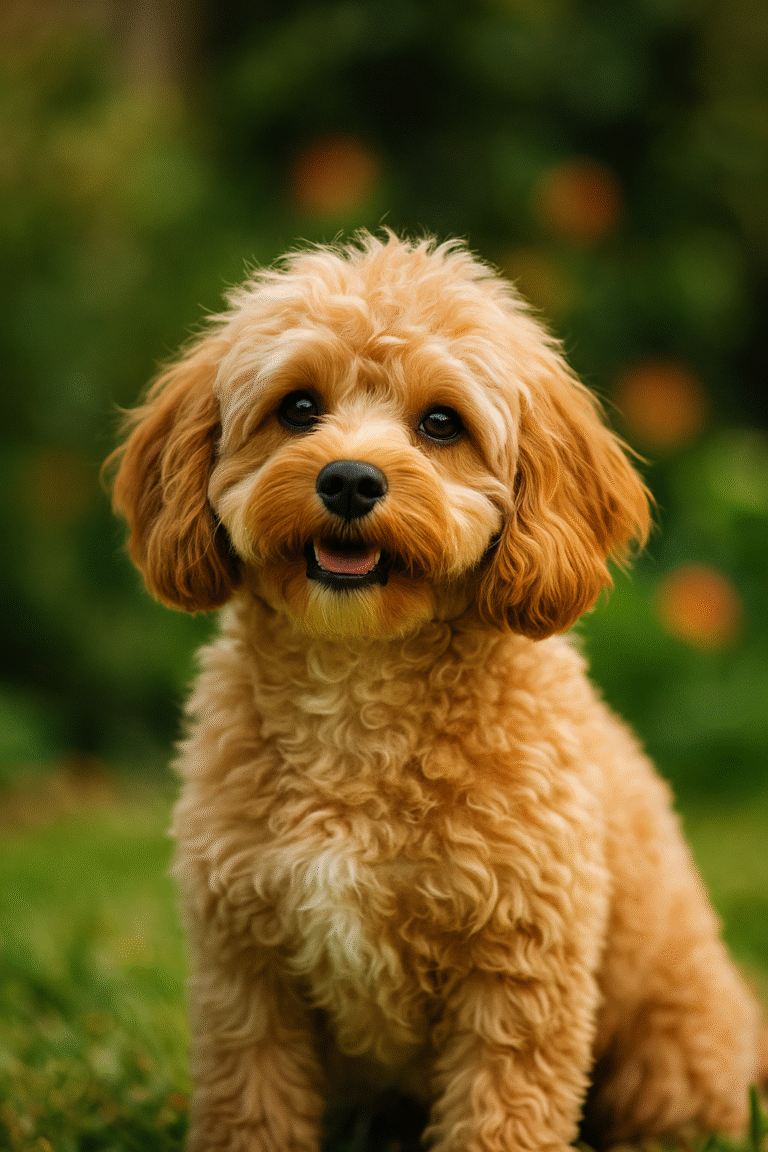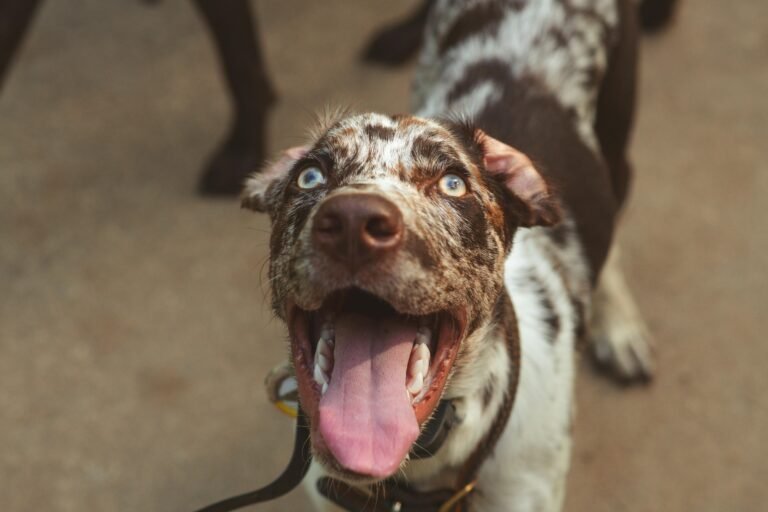Introduction
For dog lovers who want a small but affectionate companion, the French Bulldog and the Pug often top the list. Both breeds are compact, charming, and adored for their playful personalities and expressive faces. While they share similarities in size and overall appearance, they also have distinct differences that can make one a better fit depending on your lifestyle. This comprehensive comparison covers temperament, health, grooming, exercise needs, and more to help you decide whether a French Bulldog or a Pug is right for you.
Breed History
The French Bulldog traces its roots back to England, where small Bulldogs were bred as companions for lace workers in the 1800s. When many of these workers moved to France during the Industrial Revolution, they brought their dogs along. Over time, these Bulldogs were refined in France, eventually developing the bat-like ears and stocky bodies that make them instantly recognizable today. The breed became especially popular in Paris, where they were adored by artists, aristocrats, and everyday citizens alike.
The Pug has a much older history, dating back more than 2,000 years. Originating in China, Pugs were bred as lapdogs for Chinese royalty and were considered symbols of wealth and luxury. They eventually made their way to Europe in the 16th century, where they became beloved by European nobility — particularly the House of Orange in the Netherlands and Queen Victoria in England. Their playful nature and unique appearance have made them beloved ever since.
Appearance and Size
At first glance, French Bulldogs and Pugs may look quite similar: both are compact, brachycephalic (short-nosed) breeds with expressive faces. However, their physical features differ in important ways:
- French Bulldog: Typically weighs 16–28 pounds. They are muscular and stocky, with broad chests, short snouts, and their iconic bat ears. Their short coats come in a variety of colors, including fawn, brindle, cream, and pied.
- Pug: Slightly lighter, usually 14–18 pounds. They are rounder and more compact, with wrinkled foreheads, curled tails, and large, prominent eyes. Their coats are most commonly fawn with a black mask or solid black.
Temperament and Personality
Both breeds make excellent companions, but their personalities differ in subtle yet important ways:
- French Bulldog: Frenchies are calm, adaptable, and affectionate. They enjoy being with their humans but are generally less needy than Pugs. They tend to bond closely with one person but are still friendly with the entire household. While playful, they often prefer lounging around the house to vigorous play sessions. This makes them well-suited for apartment living and owners with a more relaxed lifestyle.
- Pug: Pugs are known as the clowns of the dog world. They are outgoing, playful, and thrive on attention. They often follow their owners from room to room and want to be part of every activity. Unlike Frenchies, Pugs may become anxious if left alone for long periods. They do best with owners who can provide constant companionship and love to laugh at their silly antics.
Exercise Needs
Neither breed requires excessive exercise, but they do need daily activity to stay healthy and prevent boredom:
- French Bulldog: Requires short, moderate walks and indoor play sessions. Overexertion should be avoided, especially in hot weather, due to their brachycephalic structure. A couple of 15–20 minute walks per day plus some light playtime is usually enough.
- Pug: Slightly more energetic than Frenchies. They enjoy playful activities and thrive with interactive games indoors. However, they also struggle with heat intolerance and should not be exercised heavily in hot weather. Like Frenchies, 30–45 minutes of gentle activity per day is plenty.
Training and Intelligence
Both breeds are intelligent but can be stubborn, requiring patience and consistency during training:
- French Bulldog: Intelligent but independent. They may test boundaries and sometimes display stubborn behavior. However, they are food-motivated, so positive reinforcement works well. Consistency is key to training a Frenchie successfully.
- Pug: Eager to please and often more cooperative than Frenchies. They respond well to positive reinforcement and enjoy learning tricks. However, they can be distracted easily, so short, fun training sessions work best.
Grooming and Maintenance
Both breeds have short coats that are relatively easy to care for, but their facial structure requires special attention:
- French Bulldog: Weekly brushing is usually enough to manage shedding. Their wrinkles should be cleaned regularly to prevent bacterial buildup. Their ears are prone to wax buildup, so routine ear cleaning is important.
- Pug: Pugs shed more than French Bulldogs, despite their short coats, so more frequent brushing (2–3 times per week) is recommended. Their deep facial wrinkles need regular cleaning, and their large eyes are prone to irritation or injury, requiring careful monitoring.
Health Considerations
Both French Bulldogs and Pugs are brachycephalic, which means they have shortened snouts that can cause breathing difficulties. They should always be monitored in hot or humid conditions, as they are prone to heatstroke. However, each breed has its own additional health risks:
- French Bulldog: Common issues include brachycephalic obstructive airway syndrome (BOAS), intervertebral disc disease, and hip dysplasia. They may also have skin allergies and ear infections due to their body structure.
- Pug: Prone to obesity, eye conditions (such as corneal ulcers and dry eye), and spinal issues like hemivertebrae. Their prominent eyes require regular checkups, and owners should take precautions to avoid injury.
Both breeds benefit from regular vet visits, a balanced diet, and careful monitoring of weight to reduce stress on their bodies.
Lifestyle Suitability
When deciding between a French Bulldog and a Pug, lifestyle compatibility is a key factor:
- French Bulldog: Ideal for urban living, singles, couples, or families who want a calm, low-maintenance companion. Frenchies adapt well to apartment life and don’t require much exercise. They’re perfect for people who enjoy relaxed living and want a dog that’s affectionate but not overly demanding.
- Pug: Best for families or individuals who can provide lots of companionship and enjoy playful, goofy behavior. Pugs do not like being left alone and thrive in busy households where someone is usually home. They’re great with children and other pets and bring endless entertainment with their silly antics.
Lifespan and Commitment
Pugs tend to live slightly longer, with an average lifespan of 12–15 years. French Bulldogs typically live 10–12 years. Both breeds require ongoing care, attention to health, and financial investment due to their predisposition to medical issues. Adopting either breed is a long-term commitment that should not be taken lightly.
Conclusion
French Bulldogs and Pugs are both delightful small breeds that bring joy and companionship into their owners’ lives. Frenchies are calm, adaptable, and low-energy, making them perfect for people who want a laid-back but loving pet. Pugs are playful, affectionate clowns who thrive on attention and companionship, best suited for families or individuals who want a more interactive and comical dog. Both breeds require special care due to their brachycephalic nature, but with the right environment and commitment, they can each make wonderful lifelong companions. Ultimately, the choice comes down to whether you prefer the calm charm of the French Bulldog or the cheerful playfulness of the Pug.






